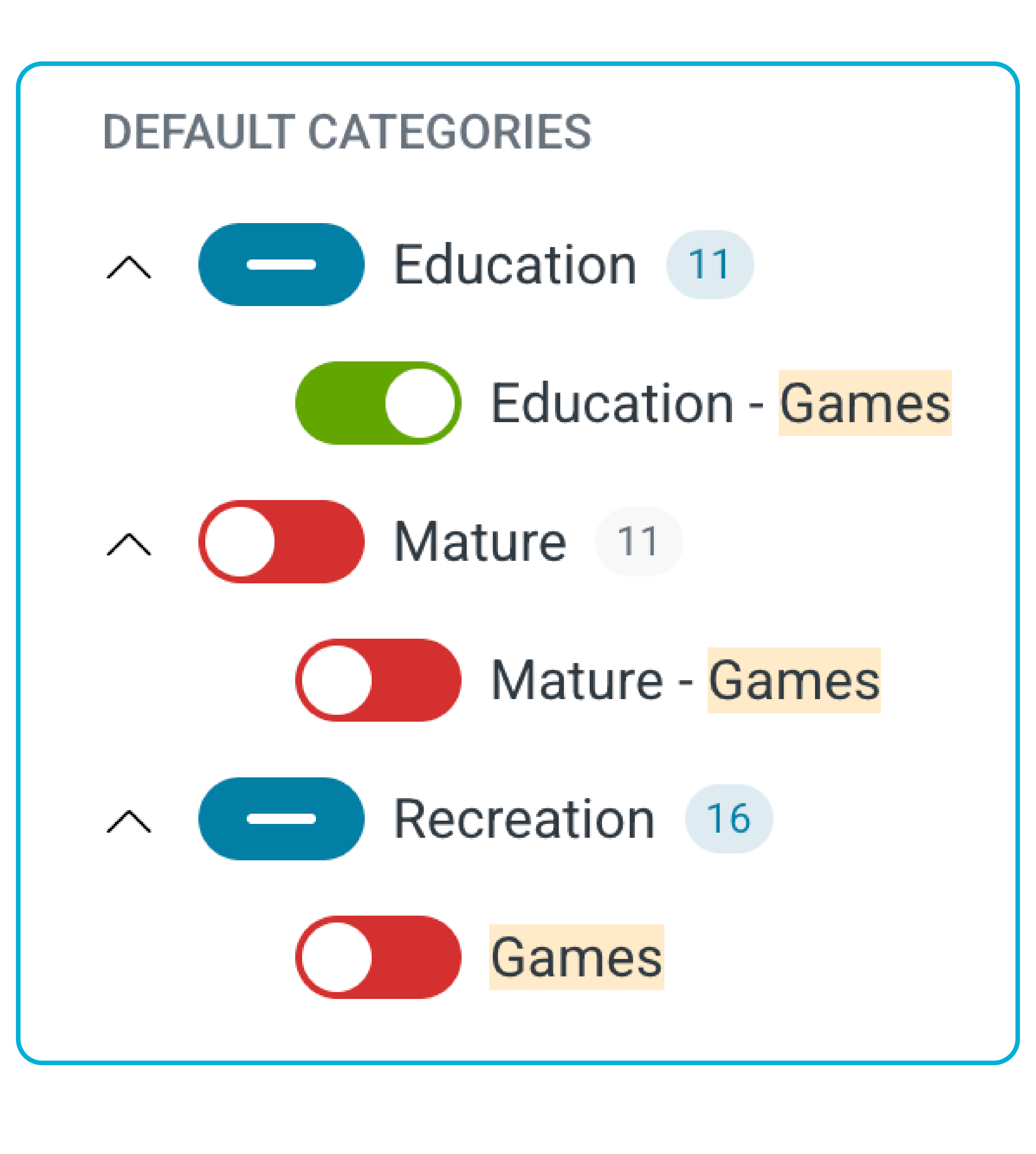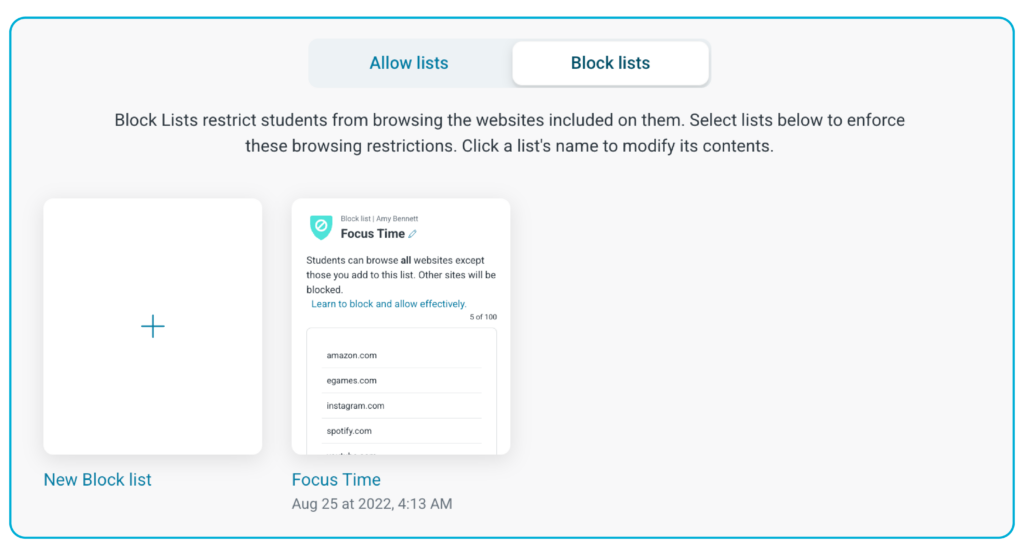Digital learning has opened incredible doors in education — access to resources, personalized learning, and new ways to connect. But let’s be honest: it’s also opened a giant window for digital distraction. And for many schools, that window has been left wide open.
You’ve probably seen it yourself. A student quietly giggling behind a screen. A classroom that looks focused but is full of tabs you don’t want to see. “Chromebook gaming” has gone from a minor annoyance to a full-blown epidemic, as one Maryland paper recently put it. And it’s not just hurting instruction — digital distracting is eating away at learning time, teacher morale, and school-wide expectations.
Students Recognize the Digital Distraction, Too.
About 2/3 of students report being distracted by digital noise. With a device on every student’s desk, a little distraction machine with new tabs to be opened and notifications to be addressed and random wormholes to be explored, we can’t pretend it’s not affecting learning. We’ve got to be smarter — and faster — than the distractions.
At Lightspeed, we’ve built our student engagement solutions around exactly this challenge.
How to Engage Students

Lightspeed categorizes games into three buckets:
- Educational (think: math fluency games, typing programs)
- Mature (not school-appropriate at all)
- Recreational (fun but not academic)
That means school leaders can easily block recreational and mature games without cutting off helpful online learning tools. But let’s be real — even educational games can become distractions when they’re not aligned to what’s happening in class. That’s why we also make it easy for teachers to manage access on the fly. If a math game isn’t part of the lesson today, a teacher can temporarily block it with a few clicks.
And they can do that while monitoring student screens, seeing exactly what students are doing — not in a Big Brother kind of way, but in a Big Educator kind of way. Focused. Intentional. Fair.
This isn’t about locking everything down or turning school into a surveillance state. It’s about creating an environment where students can actually learn — where digital tools support instruction instead of competing with it.
Take Back the Classroom

We know schools are dealing with a lot: new mandates, device management, classroom behavior challenges, and rising student needs. But tackling distraction is something we can control — and it’s worth it.
The goal isn’t just to block games. It’s to give teachers the tools they need to keep students engaged, schools focused, and learning on track.
Let’s stop playing defense on digital distraction.
Let’s get back to teaching.

